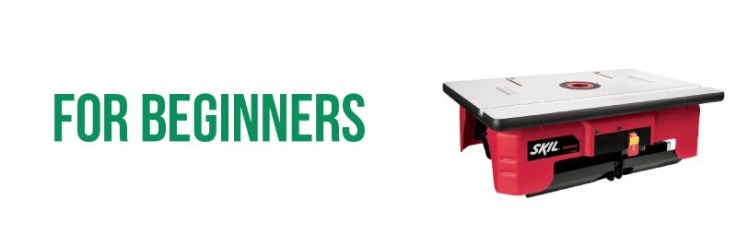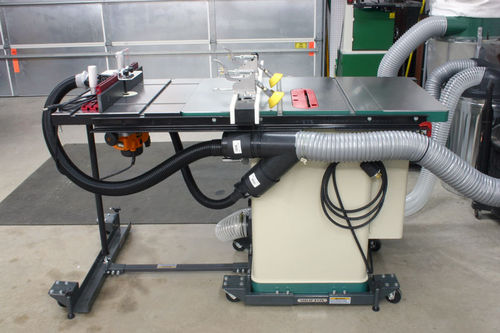HP equivalent for Cisco clear ip route

Fundamental routing features, including fixed transmitting as well as the Routing Information Protocol (RIP), are offered with both the IP base attribute set as well as the IP services include set. To make use of advanced transmitting features and also other routing methods, you have to have the IP services feature established made it possible for on the standalone button or on the pile master.
Note
If the button or button pile is running the advanced IP solutions include established, you can also make it possible for IP Version 6 (IPv6) unicast transmitting as well as configure user interfaces to forward IPv6 web traffic in enhancement to IPv4 traffic. For information about configuring IPv6 on the button, see Chapter 39, "Configuring IPv6 Unicast Routing."

Understanding IP Routing
Network tools in different VLANs can not communicate with one an additional without a Layer 3 gadget (router) to course website traffic in between the VLAN, referred to as inter-VLAN transmitting. You configure one or even more routers to route web traffic to the ideal location VLAN.
Figure 38-1 shows a basic routing topology. Switch An is in VLAN 10, and also Switch B is in VLAN 20. The router has a user interface in each VLAN.
When Host A in VLAN 10 have to connect with Host B in VLAN 10, it sends a packet dealt with to that host. Change A forwards the package straight to Host B, without sending it to the router.
When Host A sends a packet to Host C in VLAN 20, Switch A forwards the package to the router, which receives the traffic on the VLAN 10 interface. The router checks the routing table, locates the right outward bound user interface, as well as forwards the package on the VLAN 20 user interface to Switch B. Switch B obtains the package and forwards it to Host C.
Types of Routing
Routers and Layer 3 switches can route packets in 3 different ways:
- By using default directing
- By making use of preprogrammed fixed routes for the web traffic
- By dynamically computing paths using a routing procedure
Default directing refers to sending traffic with a destination unknown to the router to a default electrical outlet or location.

Static unicast directing forwards packages from predetermined ports with a single path right into as well as out of a network. Fixed transmitting is safe as well as utilizes little bandwidth, yet does not instantly respond to changes in the network, such as web link failures, and also therefore, may result in unreachable destinations. As networks grow, fixed routing ends up being a labor-intensive liability.
Dynamic transmitting procedures are made use of by routers to dynamically compute the most effective route for forwarding web traffic. There are two types of dynamic transmitting methods:
- Routers making use of distance-vector methods preserve directing tables with distance worths of networked resources, and regularly pass these tables to their neighbors. Distance-vector procedures make use of one or a series of metrics for computing the best routes. These methods are simple to set up and also use.
- Routers using link-state procedures preserve a complicated database of network topology, based on the exchange of link-state ads (LSAs) in between routers. LSAs are caused by an event in the network, which accelerates the convergence time or time needed to reply to these modifications. Link-state methods react quickly to geography adjustments, however call for higher transmission capacity as well as even more resources than distance-vector methods.
Distance-vector procedures sustained by the switch are Routing Information Protocol (RIP), which uses a single range metric (expense) to establish the best course and Border Gateway Protocol (BGP), which includes a course vector device. The button likewise sustains the Open Shortest Path First (OSPF) link-state protocol as well as Enhanced IGRP (EIGRP), which adds some link-state routing attributes to traditional Interior Gateway Routing Protocol (IGRP) to boost performance.
© Copyright routertableNeed